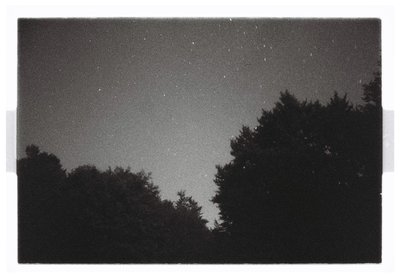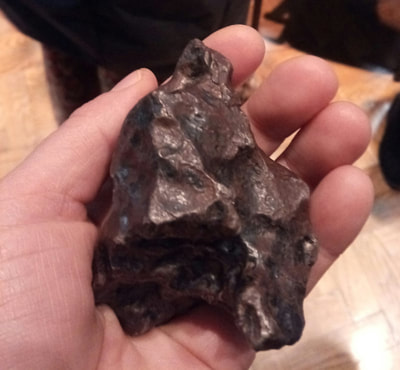|
I recently attended a lecture by Melanie King who studied Fine Art at Leeds Arts University, and is currently conducting doctoral research by practice at the Royal College of Art in London. www.melanieking.co.uk. She has been researching analogue photography and lunar imagery in exciting collaborations with astronomers. She was joined by the inspirational Paul Hill who responded to her lecture from a scientist's perspective. (Paul Hill is an elected fellow of the Royal Astronomical Society, co-presenter and writer of Awesome Astronomy podcast, and Space Ambassador for ESERO.)
Their combined lecture left me full of inspiration with many links to my own practice. At present there is an Asteroid passing through our solar system causing an incredible display of a meteor showers called the Geminids. It is a particularly good time to view this meteor shower but because of its timing and our weather conditions we rarely take note; we are too busy keeping warm inside! (While travelling through space bits break off these Asteroids or Comets. These 'bits' are called Meteroids . When these meteroids enter Earths atmosphere they are referred to as Meteors) I asked Paul the question 'Why is it that the meteors that fall to earth break down quicker and deteriorate faster than other rocks on earths surface?' The reason for this is that meteors are made up of metals such as iron. These materials break down far quicker than stone; they rust and degenerate quicker. This led on to the conversation of how we as humans are actually made up of the matter that is in meteorites. and that meteorites are the beginning and end of planets and stars. They are the beginning of life. It takes the right conditions to begin a chemical reaction to form planets and stars of which 'we' originally came from. We are made up of the same properties as the meteorite. Iron is a key component. The blood within our bodies is the iron. We are basically stardust!!! I find this extremely inspiring and can connect on a physical level to aspects of the materiality of these asteroids and meteors. Made up of mud, water, ice, iron and all the organic materials that bring about life when thrown into the right conditions. The colour red has, for Andy Goldsworthy always been a key component of some of his ephemeral work. He appropriates this to represent the blood that runs through our veins; the vibrant colouring that always injects itself onto his usual organic toned ephemeral work. This aspect of his work has always interested me and combined with the recent lecture from Paul Hill I am compelled to combine the aspect of 'life' represented through iron and human blood within my current #iceform project!
0 Comments
Leave a Reply. |






 RSS Feed
RSS Feed
